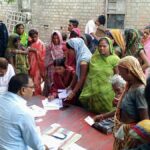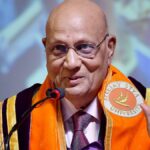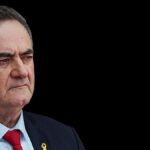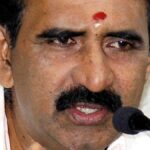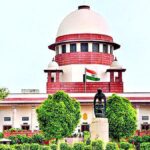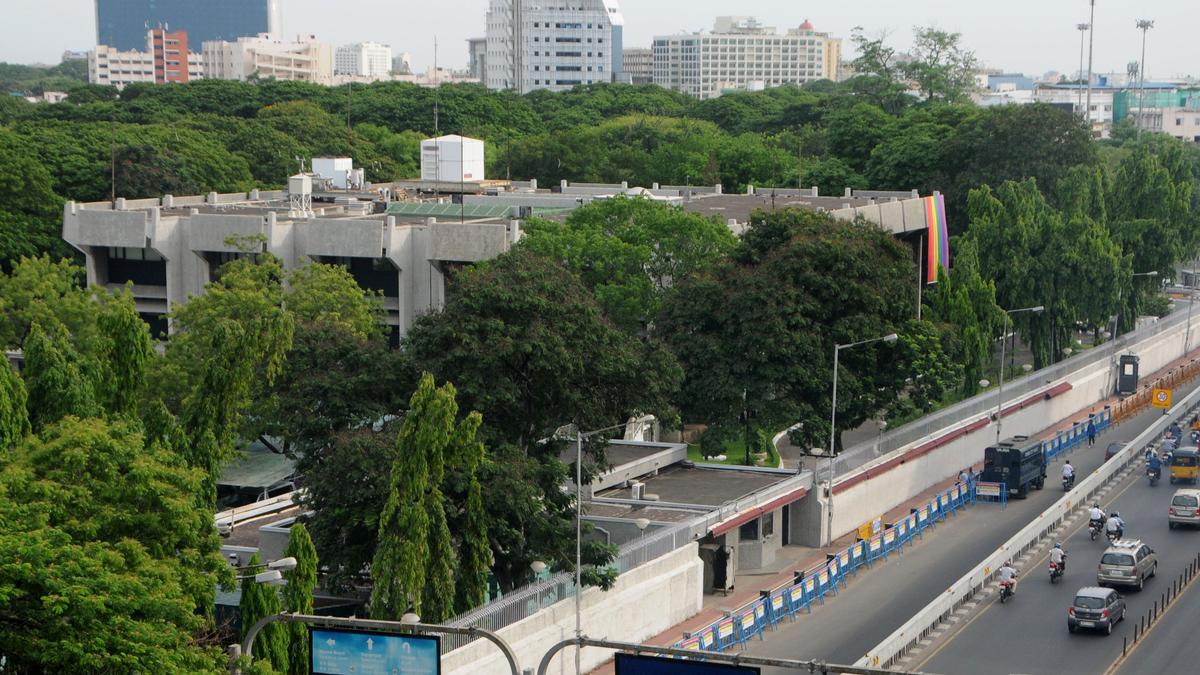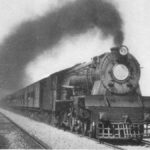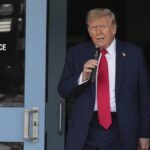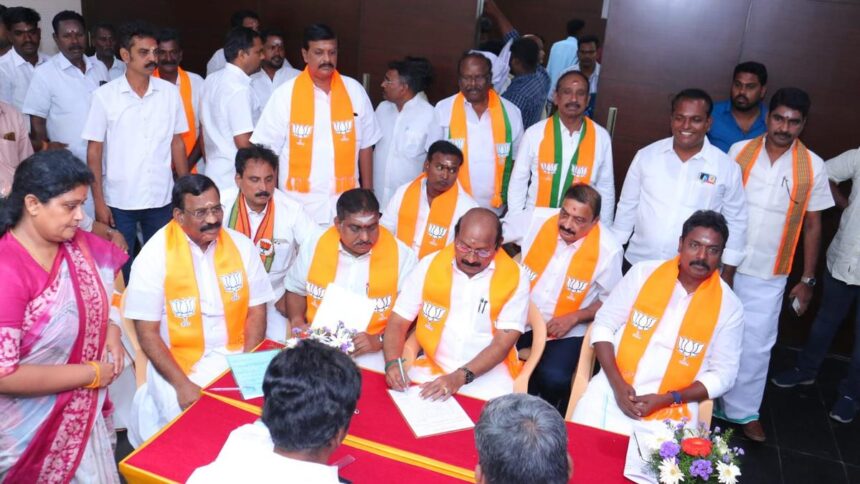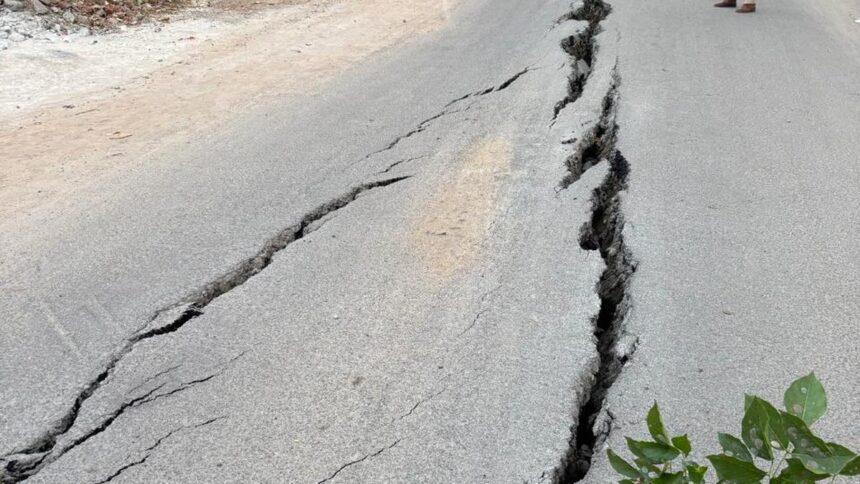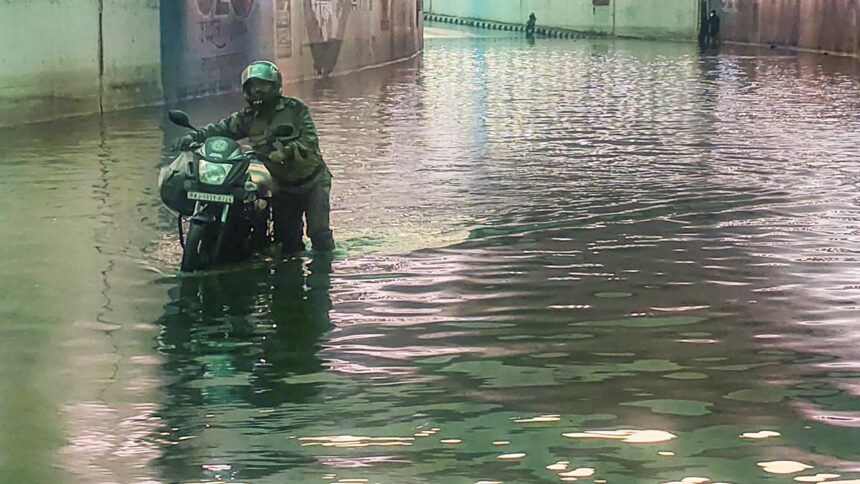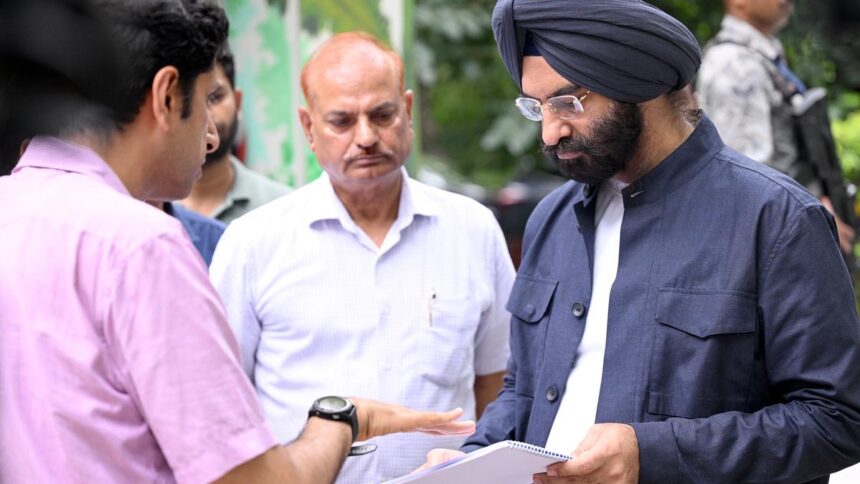
The American consulate had been a tenant of Parry & Co. and remained there until the 1950s, when it moved to the Bank of America building on Mount Road and then to its present premises on Cathedral Road in 1969.
| Photo Credit: The Hindu Archives
Long before it became the United States of America (U.S.A.), our city had made its connections. Elihu Yale was after all born in America, and later, it was goods purchased from his ill-gotten wealth while Governor here that funded the Yale University there. It was during his tenure that the Madras Corporation came into existence in 1688, and the first Mayor, and later Yale’s successor as Governor was another American — Nathaniel Higginson.
Yet another Mayor, this time a citizen of the U.S.A., was William Abbott. He was appointed consular agent for Madras in November 1794, by Benjamin Joy, who was the first American consul to India, appointed by George Washington no less. Joy was himself on shaky footing in Calcutta, and so, we don’t know how Abbott was received here, but he stuck around and became Mayor! Consular agents in Madras came to be regularly appointed from 1867 onwards, and they wrote back detailed accounts of business opportunities in the city and the Presidency.

By 1908, the consul agent’s post in Madras was upgraded to that of Consul. It was one such incumbent, Jose de Olivares, here between 1911 and 1914, who paved the way for American cars to find a ready market in our city. And as we all know, it was as a successful General Motors service workshop and later a car dealer that the TVS Group had its beginnings in Madurai. While many American goods and services became popular here over the decades, cinema was perhaps the most enduring. Hollywood also provided ‘inspiration’ for numerous stories for cinema, and its music and dance sequences were often lifted frame-for-frame without any thoughts of copyrights. And in the 1940s, we had an American directing Tamil films — Ellis R. Dungan!
WWII effect
It was WWII that brought Madras to the centre stage. It was one of the few ports on the eastern front that had not been bombarded by the Japanese. And so, it was here that British and American troops poured in, transforming the city forever. Two among them — Frank Bond and Glenn S. Hensley — wandered around the city in their free time and took photographs of everyday life. Today, these photographs are valuable records of Madras and are a part of the University of Chicago’s collection. Years later, the same university would present us with our finest library of printed material in Tamil. It was thanks to it that the collection of ‘Roja’ Muthiah Chettiar of Kottaiyur was saved and is today the Roja Muthiah Research Library in Taramani.
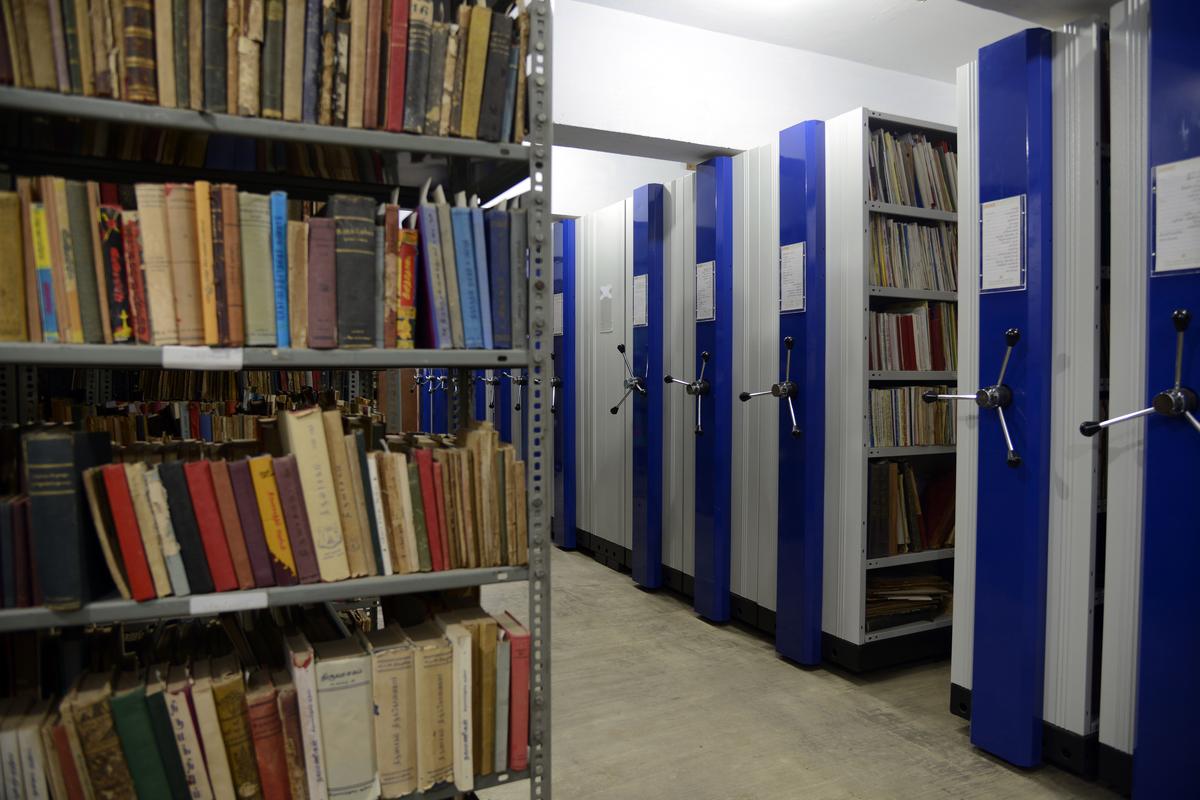
It was thanks to the University of Chicago that the collection of ‘Roja’ Muthiah Chettiar of Kottaiyur was saved and is today the Roja Muthiah Research Library in Taramani.
| Photo Credit:
The Hindu Archives
With Independence, the position of Consul was redesignated Consul General. The consulate had all along been a tenant of Parry & Co. and remained there until the 1950s, when it moved to the Bank of America building on Mount Road and then to its present premises on Cathedral Road in 1969.
Surprisingly, the U.S.A. did not think India would make it as an independent nation and, more particularly, as an industrial powerhouse. And so, Ford, which had had an assembly workshop in Madras for long, wound up its operations. Thereafter, it was only in the 1990s that Ford returned, and it marked the beginning of Chennai becoming an automotive powerhouse. Since then, American companies are a dime a dozen here.

Indians, however, were already aware of the U.S. Both Dewan Bahadur AMM Murugappa Chettiar and TV Sundram Iyengar had travelled there before 1947 and come back impressed with what they saw. The beginnings of the Murugappa Group’s interests in manufacturing was with American involvement. As early as in 1938, the Ajax Furniture Company had been established, and this in 1954, became CUMI — a collaboration between Carborundum Co. (U.S.A.), Universal Grinding Wheel Co. (United Kingdom), and the Murugappas. Long gone is Cheseborough Ponds, which was always identified by a lingering smell in the Pallavaram-Chromepet area. The company came to Madras in the 1950s, but vanished after merging with Hindustan Lever in the 1980s.
Today, one of the most visible reminders of the U.S.A. is the snaking queue of visa applicants near the Consulate building. Not so remembered are Ice House, where once American ice was stored, and the YMCA Building on the Esplanade, made possible due to John Wannamaker, a retail baron and Postmaster-General of the U.S.A., who donated to the cause of this construction. The ‘Y’ pioneered plenty of sports in the city, particularly basketball, and it was Harry Crowe Buck, an American who created the YMCA Nandanam, which became a college for physical education.
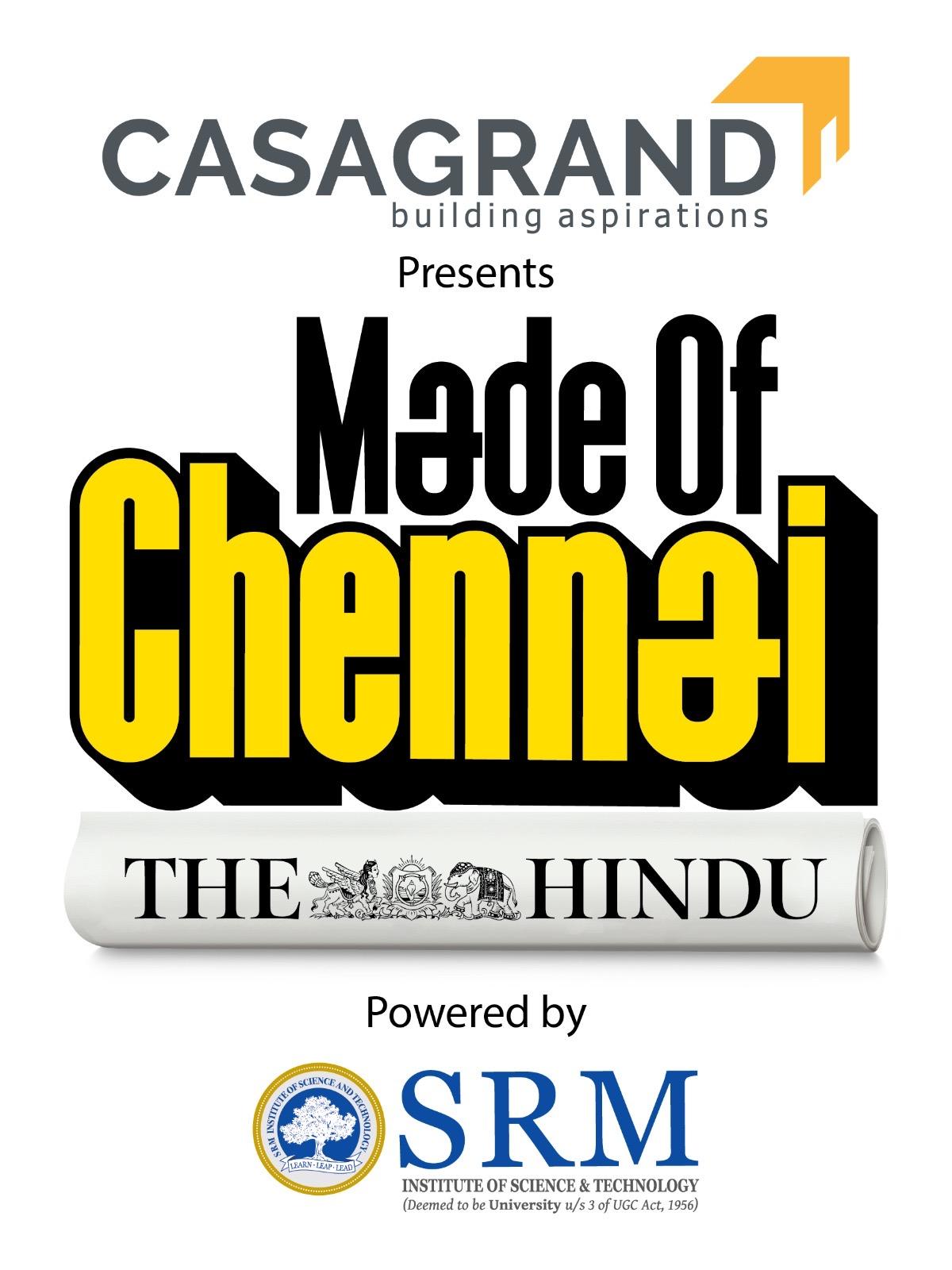
Published – August 22, 2025 08:00 am IST



